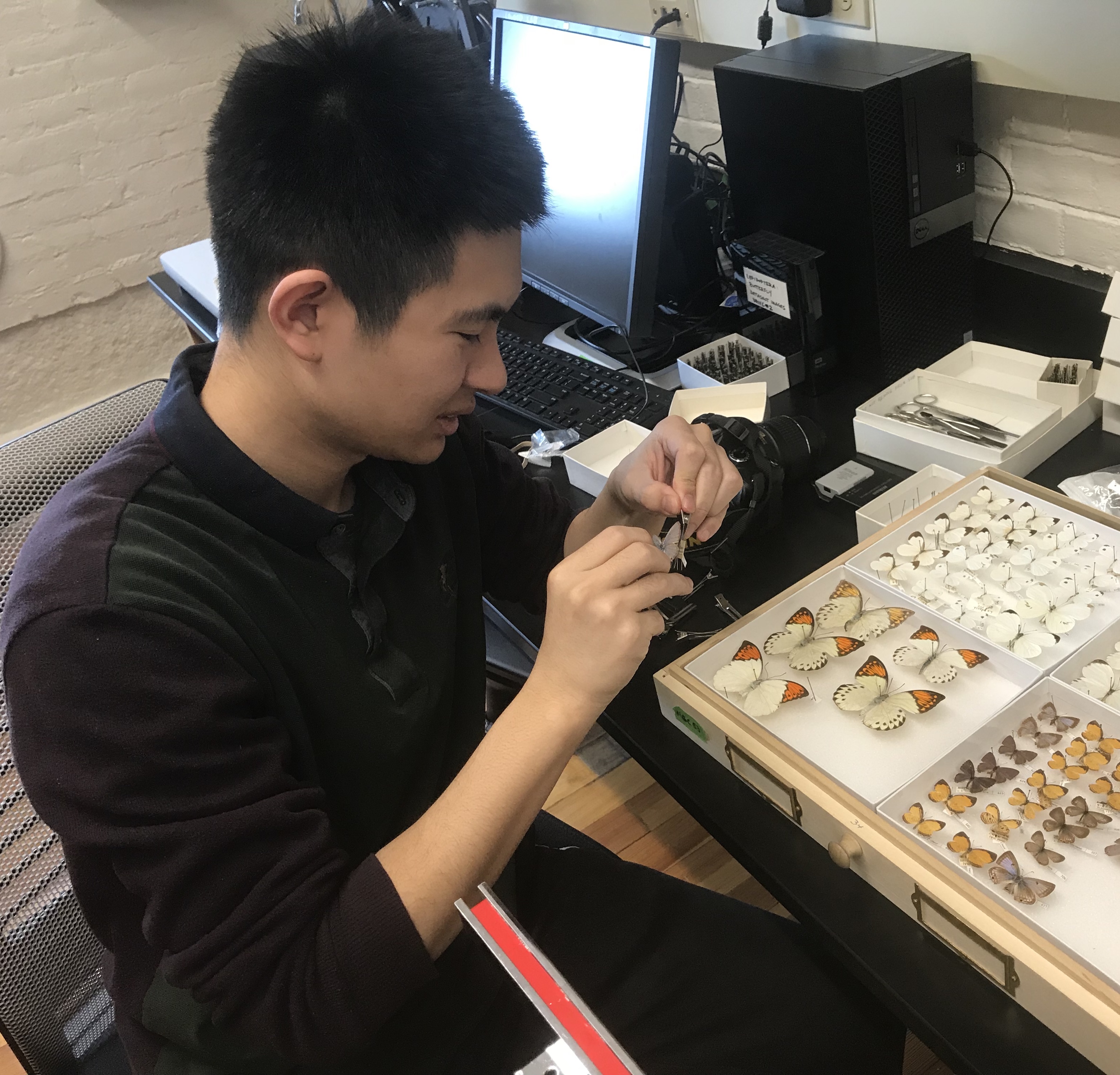About Me
 My name is Song Siliang (Song is my family name, Siliang is my given name). I earned my bachelor's degree of biological science from Chu Kochen Honors College of Zhejiang University, China. I am currently working as a Ph.D. student in Jianzhi Zhang's lab in University of Michigan.
My name is Song Siliang (Song is my family name, Siliang is my given name). I earned my bachelor's degree of biological science from Chu Kochen Honors College of Zhejiang University, China. I am currently working as a Ph.D. student in Jianzhi Zhang's lab in University of Michigan.
In my childhood, I was fasinated by insects. The extraordinary diversity of their morphology and behavior really appealed to me. Later in life, I became intersted in the forces that shape this incredible nature diversity—evolution
I am interested in applying computational methods to answer any evolutionary questions, and to uncover the evolutionary information embedded in genomic sequences. Specifically, I am interested in studing (1) the dynamics of molecular evolution in natural environments and (2) the evolution of sex, and its derivatives (sex determination system, sex chromosome, sex ratio, sexual reproduction, etc). During my PhD studies, I investigated human behavioral evolution using the UK Biobank dataset, and also conducted thoretical analyses on molecular evolution.
For more information, please see my CV
Apart from evolutionary studies, some of my life goals include:
1. Establishing a standard global database for all species that includes text descriptions, photos, videos, 3D rendered models, etc. Realistic ways to achieve this are (1) integrating existing databases and projects, (2) involving professors from different animal groups to curate the database together, and (3) leveraging the power of the public to collect species images, videos, and other information from everyone. Once there are considerable records, deep learning image recognition could be applied to help scholars and the public classify difficult samples. Similar efforts have been made using AntWeb images: FormicID. Currently, iNaturalist has made great progress in this area.
2. Digital organisms are self-replicating computer programs that mutate and evolve. Although they live in a digital world, digital organisms share many higer-level similarities with real organism, such as parasitism, coevolution, 'junk DNA', and using previously evolved building blocks to form new complex features. Potential applications include: (1) Digital evolution might be able to generate a complex system (or digital organism) capable of managing more complicated and intelligent tasks than a deep neuron network could; (2) From lower-level building blocks, we could hope that digital organisms evolve some features with counterparts in the real world, such as codon encoding system and centralized nervous system. We could easily examine the details of how these features evolved in a computer, which would otherwise be impossible to investigate in the real world.
Some classic works in this field: (1) Karl Sims's Evolved Virtual Creatures (2) Avida (and its predecessor Tierra) (3) Evolving AI Lab